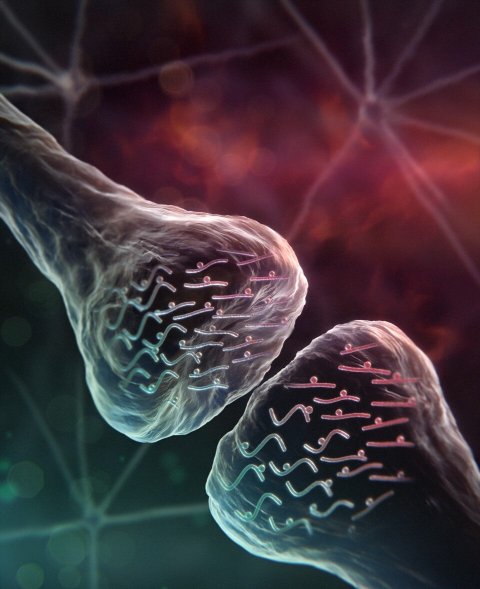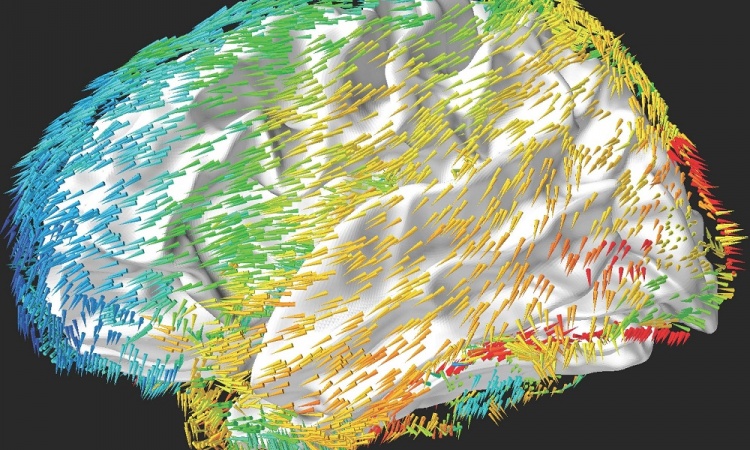News • Chronobiology
Sleep and synaptic rhythms
Chronobiologists at Ludwig Maximilian University of Munich, Germany, show in two articles how critical the sleep-wake cycle is for protein and phosphorylation dynamics in synapses to ultimately regulate its activity.

The internal clock controls virtually all physiological processes in the human body predicting daily recurring environmental changes such as day and night. How the circadian rhythm and sleep influences molecular mechanisms at the cellular level in the brain is not yet fully understood. Professor Maria Robles, head of a research group at the Institute of Medical Psychology at LMU Munich, shows in two recent articles published in the journal Science how sleep and wake cycles, rather than the circadian clock, drive cycles of protein abundance as well as phosphorylation in synaptic proteins to orchestrate dynamics of synaptic activity in the brain. "Our work shows that sleep-wake cycles play a central role in the temporal regulation of many aspects of synaptic functions," says Maria Robles.
The LMU chronobiologist and her research group use mass spectrometry-based quantitative proteomics to profile daily dynamics of protein and phosphorylation in in vivo isolated synapses from mouse forebrain. For the studies in Science, the team investigated how synaptic proteome and phosphoproteome are dynamically shaped across the day and how it is affected by sleep deprivation.
In one study the group shows that in a normal day, one fourth of the 8,000 phosphorylations in many critical synaptic proteins oscillates with two main peaks: one when the mice wake up and a second one just before they fall asleep. "This suggests that synaptic phosphorylation plays a key role in the regulation of synaptic function in particular at the sleep-wake-sleep transitions," says Maria Robles. This characteristic phosphorylation pattern seems to reflect buildup and dissipation of sleep and wake pressure since sleep deprivation almost completely abolished synaptic phosphorylation rhythms. "Our study shows that key synaptic processes, from house-keeping to plasticity are temporally regulated trough phosphorylation, in response to both sleep and wake pressure, ” says Maria Robles.
In the second study published in the same issue of Science the same group, in collaboration with a group from the University of Zürich (Steve Brown), has showed that synaptic protein abundance is also rhythmically shaped by sleep-wake cycles. In particular, they demonstrated that synaptic activity triggers the cycling production of proteins from messenger molecules that rhythmically accumulate at the synapses across the day. While protein production completely depends on wake-sleep cycles, messenger molecules travel and accumulate in the synapses predominantly in response to circadian mechanisms.
Source: Ludwig Maximilian University of Munich
14.10.2019











